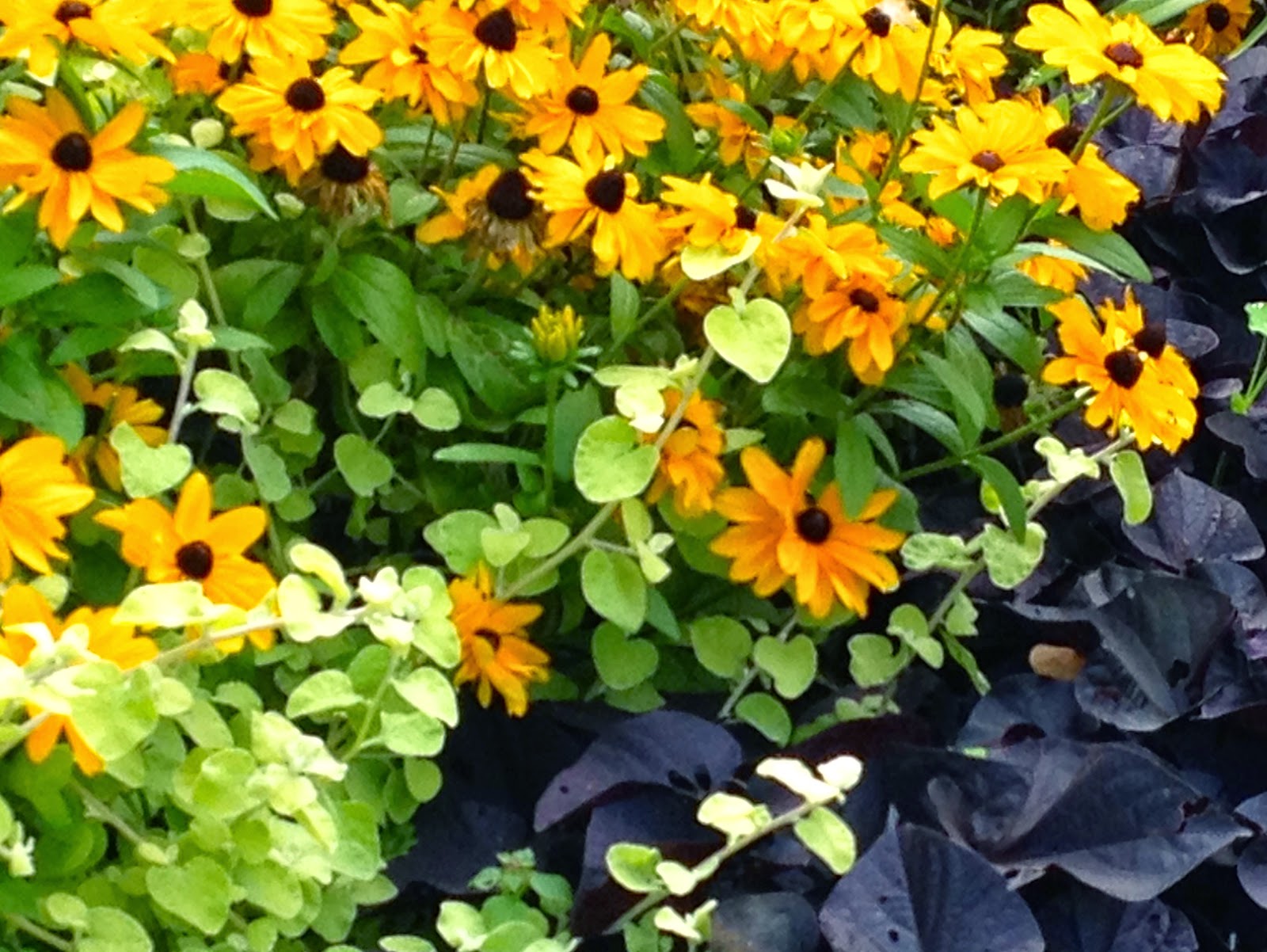 |
| The Serpentine in Hyde Park, with a view of the London Mosque |
I think I am genetically programmed to require green in my landscape. The day I arrived in California from England the temperature was 106 degrees F; I thought I'd arrived in hell. In all the years I lived there, I dreaded spring's rising temperatures and the fading of green from the hillsides; Maggie was bitten by a rattlesnake on April 1st when the temperature was 90 degrees. Having grown up in England, I still feel most comfortable in a green, temperate climate.
 |
| Primrose Hill |
The 8 Royal Parks, former chases (Royal hunting grounds, enclosed in the 15th century) together occupy almost 5K acres; Hampstead Heath an additional 800. In addition, they boast 68 miles of trails and paths, 21 miles of lakes and ponds, 100K roses and 37 million visitors/yr. Bridget lives between Primrose Hill (also a Royal Chase which became public land in the 19th century) and the Heath in Northwest London, and often walks home to her flat in Belsize Park from her office (next to the Bond St. tube station). So today I decided to follow this path south, by bicycle, and continue on through Hyde Park, Green Park and St. James's Park (all 3 Royal parks) to the Thames.
I started south through Primrose Hill, which offers one of the best views over central London, and proceeded through adjacent Regent's Park. Among other accoutrements (like the London Zoo), it boasts Queen Mary's Gardens; with its elaborately gilded 4 gates it houses the national delphinium collection and 9K begonias, as well as of roses still blooming in this sunny September weather. London's parks are well-used; everywhere people were picnicking, playing with dogs and children, biking, skating and running, and lounging in London's iconic rentable deck chairs.

From Hyde Park, with the help of the London A to Z (indispensable, google maps notwithstanding) I meandered my way through the city streets to Hyde Park, where the tourist hubbub really began; fortunately there's a bike path around the perimeter. Hyde Park boasts the Sepentine, a lake with its own 150-year-old swimming club. Members swim there every day of the year, breaking the ice if necessary in the winter! Right across the street from Hyde Park, literally, is small St. James's Park. 470 years ago this area housed a hospital for women lepers; today you can watch Trooping the Colour in Horseguards' Parade.
 | |
| Jubilee Gate, Queen Mary's Gardens, Regent's Park |
Green Park, next to Buckingham Palace, is the end of a chain of parks which stretches from Kensington to the Thames. When Mary 1 married Phillip of Spain in 1554, Sir Thomas Wyatt led a rebellion here, and it was famous (or infamous) as a dueling spot until 1667. Even in mid-September it's mobbed with people (8M visitors/yr!) but still manages to feel serene and lovely.
And voila! On the other side of Green Park is the Victoria Embankment, right across the river from the London Eye (no, I am not going to waste 25 GBP to ride it!). I've made it from Northwest London through 4 London parks to the Thames, the city's fluid center. Heading back, I work my way northeast through the Temple (home of London's lawyers), then take a straight shot to Belsize Park up Kingsway, Southhampton Road, Woburn Place and Eversholt Rd. (so you can follow my route on google maps) to Camden town, then up Havistock Hill Road to my reward - a nice strong cuppa in Bridget's sunny flat.

Bicycling is a great way to see any city; in London it's surprisingly quick and painless: I wore a helmet; cars, buses and taxis were tolerant, and I felt quite safe. All told, I probably rode only 10 miles today, but in that small distance covered the heart of London and managed to wend my way through most of the major London green spaces. The moral of this story? Even a country mouse can thrive in a city, as long as it's sufficiently green.
The
Green Park was first recorded in 1554 as the place where a rebellion
took place against the marriage of Mary I to Philip II of Spain. It was a
famous duelling site until 1667 when Charles II bought an extra 40
acres and it became known as upper St James's Park. - See more at:
http://www.royalparks.org.uk/parks/green-park/about-green-park#sthash.yYmuMV9G.dpuf
The
Green Park was first recorded in 1554 as the place where a rebellion
took place against the marriage of Mary I to Philip II of Spain. It was a
famous duelling site until 1667 when Charles II bought an extra 40
acres and it became known as upper St James's Park. - See more at:
http://www.royalparks.org.uk/parks/green-park/about-green-park#sthash.yYmuMV9G.dpuf

No comments:
Post a Comment